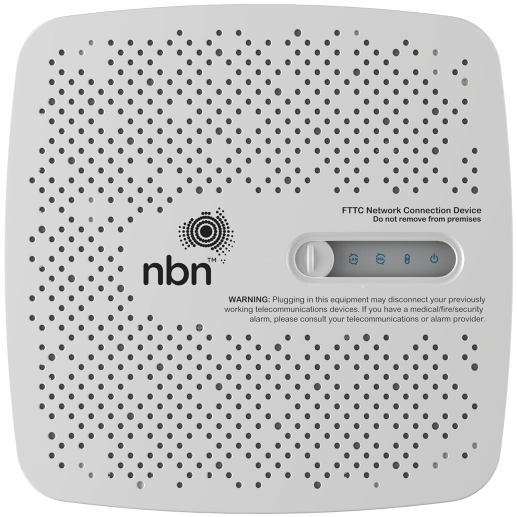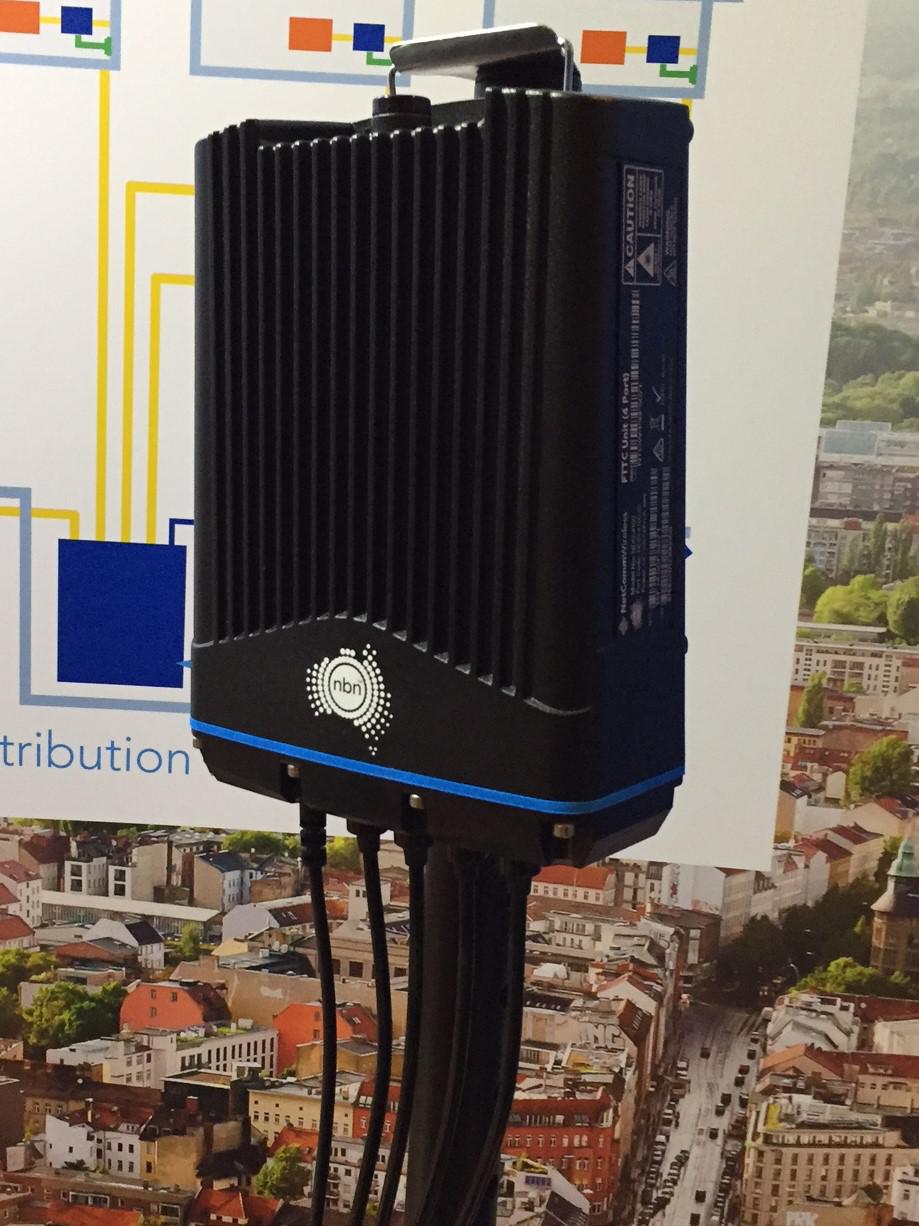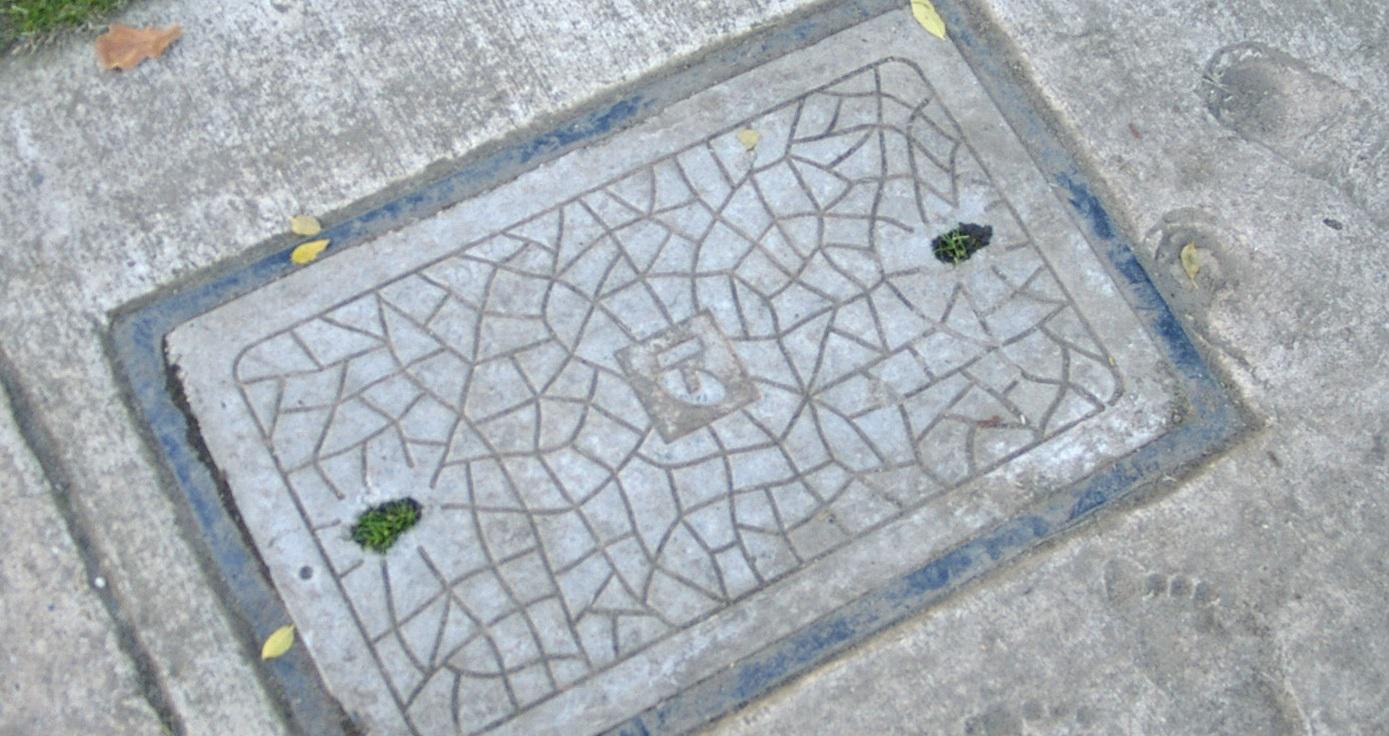News
What is FTTC and what suburbs are going to receive nbn<sup>®</sup> by FTTC technology?
Manage your Services in our Self Care Portal
Update June 2018:
Latest images and information is in on what will happen at your upcoming FTTC installation appointment. As described below a FTTdP device, or DPU (Distribution Point Unit) will be installed on the outside of your property. This DPU will provide connection for up to four properties to the nbn® fibre network and connect your property using existing or new copper cabling. Note that new cabling will only be installed for new developments. In addition to the DPU outside the property an NCD (Network Connection Device) will be installed inside the property. In some instances the end user of the nbn® service will be required to perform a self installation of the NCD. The NCD will connect to an existing telephone socket as well as main power. An image of the Netcomm NCD is shown below.
nbn® users will need to connect a WAN compatible router to the the NCD. The router will provide Wifi access and additional network functionality to the home.
Update October 2017: Below is a true life image of the FTTdP devices that will be used for nbn® FTTC and installed on telegraph poles and in telecommunications pits across the country. [Read on for more background information on FTTC and what it means] At the time of writing nbn® is in the process of installing these devices in preparation to enable 300,000 homes and businesses to order a FTTC nbn® service.

Up to 4 properties will be connected to a device like the one shown above. Industry sources have confirmed that each of these properties will require a reverse power unit that will plug into the mains power as well as the existing copper telephone socket in. This reverse power unit will also house a VDSL modem that means that end users will not require a VDSL modem to access FTTC nbn® services. This reverse power supply and on board VDSL modem is known as the termination device. This device will house a standard ethernet port that end users will use to connect to a WAN router. The WAN router will provide Wifi and connectivity to the home or business.
The Netcomm devices are already capable of supporting next generation G.fast technology. This technology will quickly supersede existing nbn® services that are delivered over copper and can support speeds up to 1Gbps. See what nbn® has to say about G.fast technology here.
FTTC is seen as the upgrade path for the already deployed FTTN (fibre to the node) rollout that is underway across a lot of Australia as parts of the nbn® rollout.
Original Article June 2017: nbn® have added a new technology method to their multi-mix technology rollout. It's called FTTC (fibre to the curb - American spelling!) - and has been referred to as fibre to the distribution point (FTTdp) around the world.
This method of nbn® rollout involves nbn® pulling fibre optic cables along streets through existing underground pipes and overhead on telegraph poles. At the telecommunication distribution point for each home and business they will connect the fibre optics to the existing copper cabling that runs into the property. This puts fibre even closer to the property compared to where FTTN (fibre to the node) technology has been used. With less copper being used and fibre optics closer to the property it's expected that an improved internet experience should be achieved.
After the fibre optic is connected to the copper cabling, VDSL technology will be used to send high speed internet into the home or business. This reduces the need for access to private property and limits the amount of civil work required to complete the nbn® activation. Ultimately meaning that nbn® can provide a faster internet experience compared to FTTN and at a quicker rollour rate and cheaper cost compared to FTTP.
We also expect the FTTC service to be more reliable than FTTN technology. This is due to less of the old copper network being used, reducing the chance of copper faults on the network.
The number of premises expected to be serviced by FTTC technology has recently been increased to 1 million properties. Find out if you'll receive FTTC in the full list of suburbs below.

The image above shows a Telstra pit - it's under this cover that the fibre optic cables will be connected to existing copper cabling running into the property.
nbn® have selected Netcomm Wireless as the provider for the equipment needed to distribute the fibre optic signal on to existing copper cables. This equipment will be placed underground in the telemmunication pits and possibly on telegraph poles. Power will then run from the customers property to power this device. It's rumoured that the deal is worth $28 million to Netcomm Wireless.
This video from Netcomm Wireless shows the device that will be used across the country in the FTTC roll out.
At the time of writing FTTC trials are underway in the Victorian suburb of Coburg. It's expected that mass rollout of FTTC technology will take place in early 2018 to over 1 million properites nationwide.
Time will tell of the successes and pitfalls of this new technology. FTTC is certainly promoted by nbn® as a superior technology compared to FTTN. ISPs have faced a multitude of faults and issues during FTTN activations and we hope that FTTC will bring with it a smoother activation process. If it proves successful we wonder how long it will be before FTTN connections are replaced with FTTC.
The full list of suburbs that will get FTTC technology initially can be found below:
NSW
- Ballina
- Bega
- Bellingen
- Braidwood
- Burwood
- Casino
- Coolamon
- Crescent Head
- Currarong
- Dorrigo
- Edensor Park
- Finley
- Frenchs Forest
- Greenwell Point
- Haymarket
- Hornsby
- Howlong Miranda
- Kensington
- Kurrajong
- Lake Cathie
- Liverpool
- Manilla
- Merimbula
- Mona Vale
- Moruya
- Narooma
- Narrabri
- Nords Wharf
- Nyngan
- Orchard Hills
- Portland
- Rockdale
- Ryde
- Silverwater
- South West Rocks
- Springwood
- Tenterfield
- Tocumwal South Sydney
- Tuross Head
- Uralla
- Walcha
- Walgett
- Warialda
- Woolgoolga
Victoria
- Altona Meadows
- Ararat
- Benalla
- Beaufort
- Broadmeadows
- Botanic Ridge
- Burnside
- Campbellfield
- Caroline Springs
- Coburg
- Coburg North
- Coolaroo
- Corryong
- Cranbourne East
- Dandenong
- Dandenong South
- Deer Park
- Eaglehawk
- Edenhope
- Epping
- Epsom
- Euroa
- Ferntree Gully
- Footscray
- Geelong
- Greenvale
- Hallam
- Hillside
- Jacana
- Junction Ridge
- Keilor Lodge
- Koroit
- Laverton
- Laverton North
- Lilydale
- Mansfield
- Meadow Heights
- Melbourne CBD
- Mulgrave
- Myrtleford
- Nagambie
- Narre Warren North
- Nhill
- Pascoe Vale
- Paynesville
- Rowville
- Seabrook
- Sebastopol
- Stawell
- St Arnaud
- St Kilda East - NEW
- Sydenham
- Tallangatta
- Tatura
- Taylors Lake
- Templestowe - NEW
- Warracknabeal
- Windsor - NEW
- West Melbourne - NEW
- Wyndham Vale
- Yarrawonga
- Yea
Queensland
- Agnes Water
- Albion
- Ashmore
- Aspley
- Beerwah
- Boyne Island
- Bundamba
- Brassall
- Calliope
- Charlotte
- Gladstone
- Inglewood
- Ipswich
- Kooralbyn
- Landsborough
- Maryborough
- Moura
- Mount Tamborine
- Rothwell
- Salisbury
- St George
- Winton
- Woodford
ACT
- Deakin
South Australia
- Croydon
- Glenunga
- Elizabeth
Western Australia
- Bayswater
- Bedford
- Embleton
- Inglewood
- Banksia Grove
- Pearsall
Tangerine Telecom will be providing unlimited nbn® plans using FTTC technology at all the locations listed above. As soon as it's live make sure you check out our latest nbn® plans & bundles with Unlimited Data.
Go Back
Recent News
- TANGERINE BECOMES MAJOR SPONSOR OF NBL FOR 2024/25 SEASON
- TANGERINE SIGNS INTERNET AND MOBILE EXCLUSIVE PARTNERSHIP WITH MELBOURNE RENEGADES.
- Tangerine appoints olympian Mollie O’Callaghan as ambassador
- Tangerine Scoops Major Wins at Finder and Wemoney Awards
- Media statement: Tangerine cyber incident
- Tangerine partners with Bupa to offer exclusive discounts
- Sizzling Summer Deals on Mobile and NBN
- NBL Turns Tangerine
- Toll-free calls to Israel and the Palestinian Territories
- Tangerine launches eSIM for fast mobile activation